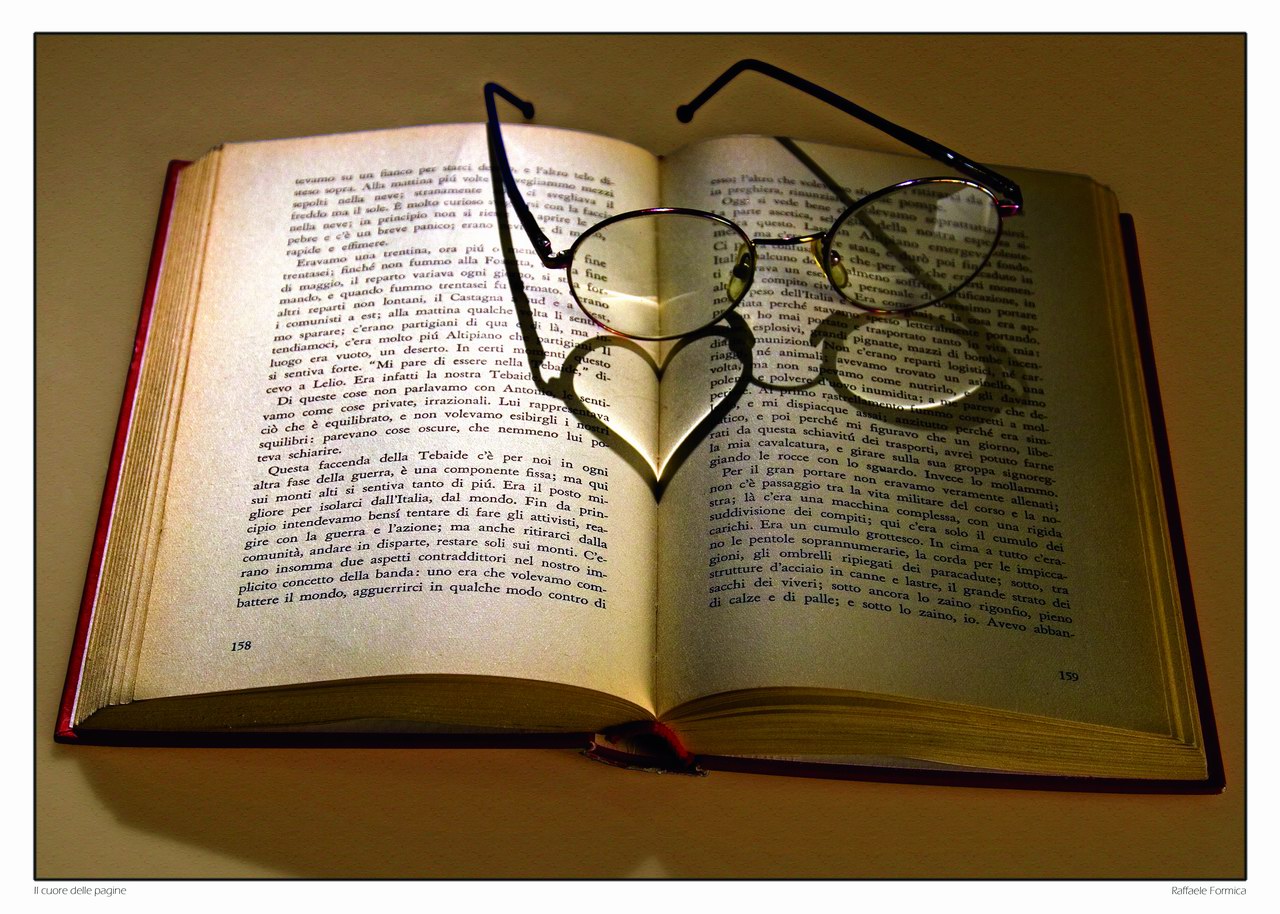Like many technologies, the microscope has been diversifying, simplifying and becoming more affordable. Good quality microscopes are now achievable for the student or enthusiast, but these can still cost into the hundreds of pounds, dollars or euro. Innovative designers have come up with some very impressive ways of making the micro-world an accessible place for pocket change – and a perfect example of this is the new trend for cardboard microscopes.
Making your own microscope can be as simple or as complicated as you fancy. There are also many designs that are suitable for children, so if there’s a science project due anytime soon, you could consider one of these great projects below. All that is required for these models below is some cardboard or paper, and a few lenses.
Where to buy the parts required?
There are many optical component suppliers online, and if you do a Google search for ‘optical components’ you will find suppliers near you such as Edmund Optics. You can buy a range of lenses and prisms from these sites, that will suit all the different projects you may wish to try. Lenses will usually be listed by focal length, diameter and thickness. If you are the more adventerous type you can take the lenses from inside old disposible cameras or laser pointers. Be very careful if dismantling disposible cameras though, as you can get a shock off them. Reduce the risk by making sure the flash has been discharged. A little bit of experimentation with different lenses might be necessary to get the best results, but this is part of the fun.
Most designs you find for making your own microscope will use LED lighting. They will likely also run off a battery pack. All these components are very easy to put together and can be bought from electronic suppliers such as Maplins.
As always, when buying parts, you should always shop around. Try to get the best quality parts that are within your budget and when working with electrics, take due care.
The historical replica
If you are a history buff then you can build yourself a replica of the 1668 Leeuwenhoek microscope like above, using these instructions. Originally known as the flea glass, the Leeuwenhoek is a very simple design. The sample is mounted on the tip of a pin, and the lens is held up to the eye of the user. The user then faces the light source, such as a window or a lamp. Focusing is done by moving the pin tip towards or away from the lens. Leeuwenhoek made his own glass lenses, and the lenses originally used for this model were almost spherical, which means the magnification would have been quite high. This can be a tricky model to get a good result from, but a relatively simple construction.
The compound microscope
There is a great design for a working compound microscope on the Science In School website. A compound microscope is essentially composed of a tube with two lenses, one at each end (one for the objective and one for the eyepiece). This design would be perfect for a school project. This model is made from some plastic tubing, paper, elastic bands, and two lenses. Quite cleverly, the lenses are taken from used disposable cameras. The magnification is approximately 20x and the light is provided by the ambient light of a window or a lamp.
Binocular microscope
If you are keen on crafts there is a great project on Instructables that makes a model binocular microscope. With a little bit of extra time, I’m certain that lenses could be fitted to a design like this. You would, of course, have to spend time on the alignment of the eyepiece and objective lenses. A mirror or prism would need to be fitted in the head to reflect the image from the objective to the eyepiece. With a little time and patience though, I think this would make a really incredible project.
The camera phone microscope
This article by Gadget Hacks provides you with two great options for turning your camera phone into a microscope. One model is a plexiglass stand for your phone to lie on, camera down. This is a very stable design and the instructions estimate that you should be able to achieve up to 175x magnification. The second design is incredibly simple. Take a lens, and hold it in place using a hairpin and a piece of tape – McGuyvers microscope!
Microscope kits
Unfortunately, there are not many kits available for making your own microscope. In 2016, a Kickstarter campaign by a Stanford physicist called Manu Prakash set the standard for microscope kits. Manu developed a pocket-sized microscope made of paper – the Foldscope. The Foldscope is made from a piece of folded cardstock, a lens, and an LED which runs on a watch battery. The magnification is 140x and it can be used with a camera phone too. The kits are available for pre-order now and come with the paper Foldscope and lots of accessories for making and viewing samples. You can watch the TED talk in which Manu presents his idea here.
Challenges when building your own microscope
The two essential elements of a microscope are the light and the lenses. To be technical, a microscope should have two or more lenses working together. Alignment of the lenses will be the biggest challenge when building your own system. The technology of the microscope is actually very simple, and many people make their own. There are a few basic concepts that are required – in a nutshell, you take one or lenses and mount them in such a way that there is light at one end and you can focus the image at the other. Of course, the technology in commercial microscopes is more complicated and fine-tuned than this, but there is no reason you can’t try putting your own system together.




Have you ever considered about adding a little bit more than just your articles? I mean, what you say is valuable and everything. Nevertheless just imagine if you added some great graphics or videos to give your posts more, “pop”! Your content is excellent but with images and videos, this blog could definitely be one of the very best in its niche. Terrific blog!
Anonymous links
Hi Itactper, Thank you so much for your comment and feedback. Thank you for the compliment too, I really appreciate that. Yes, I definitely have plans to expand a little more on images and I’m throwing around the idea of maybe doing some intructional or project videos. My limitation at the moment is just lack of blogging experience as this is my first blog, so I’m learning as I go. Do watch this space though, and thank you for reading! Dee.
What’s up, I just wanted to mention, you’re wrong. Your post doesn’t make any sense.
[url=http://noreferer.win/]Anonymous links[/url]
Hi Itactper, Apologies for the delay in getting back to you. If you like to discuss any feedback or ideas then I’m happy to do so. Just give me a shout using the Contact Us form. Cheers, Dee
Thanks. That was interesting
Thank you